10 weird air purifier myths you should stop believing in 2025
Many people rely on air purifiers to combat rising pollution, yet countless myths still shape how they’re used. From unrealistic expectations to misleading assumptions, here are the most common air purifier myths — and the facts that debunk them.
1/10
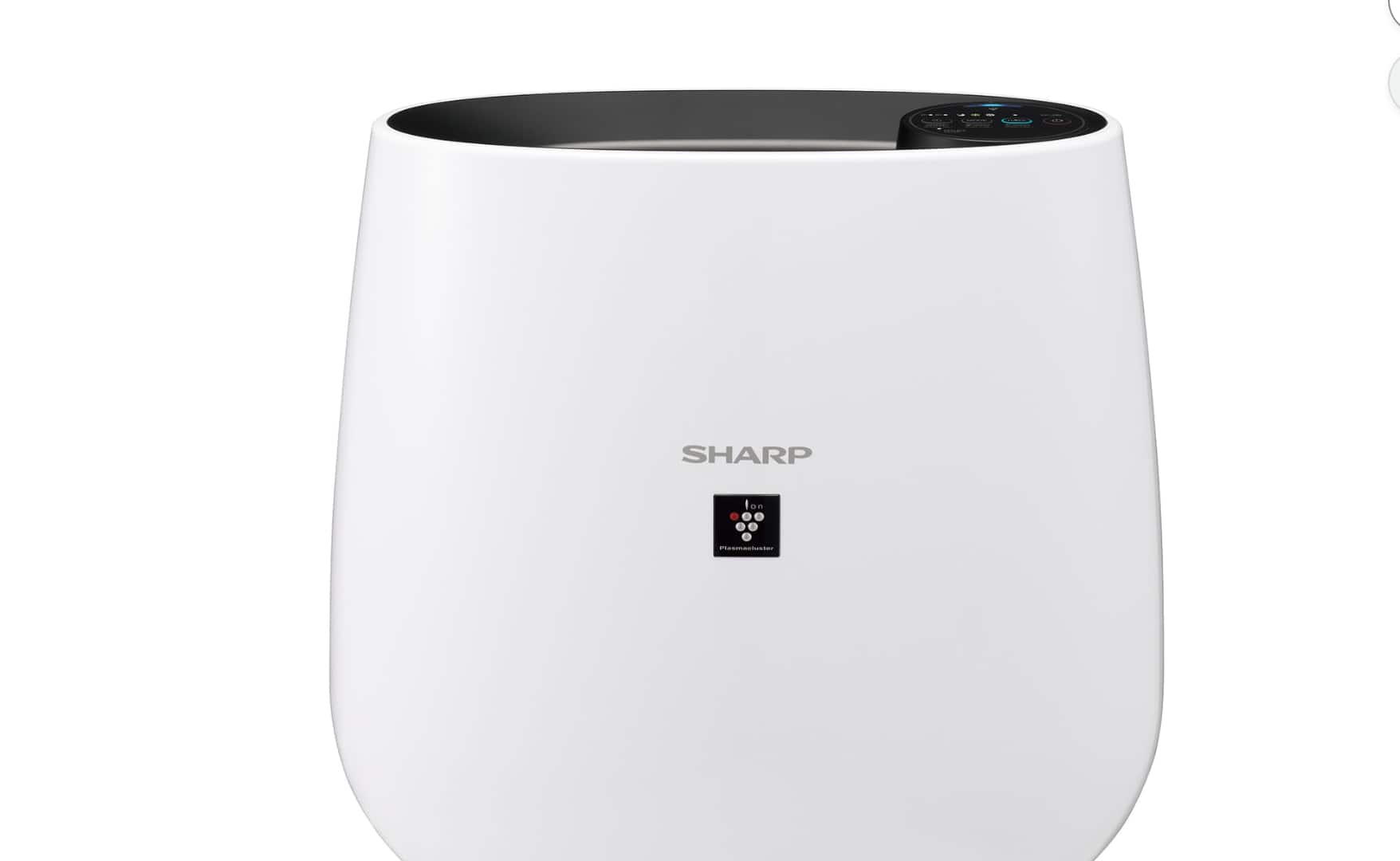
Myth 1: Air purifiers remove all pollutants instantly
Air purifiers reduce particulate matter over time, but no device can clean an entire room immediately. Filtration is a gradual process.
Air purifiers reduce particulate matter over time, but no device can clean an entire room immediately. Filtration is a gradual process.
2/10
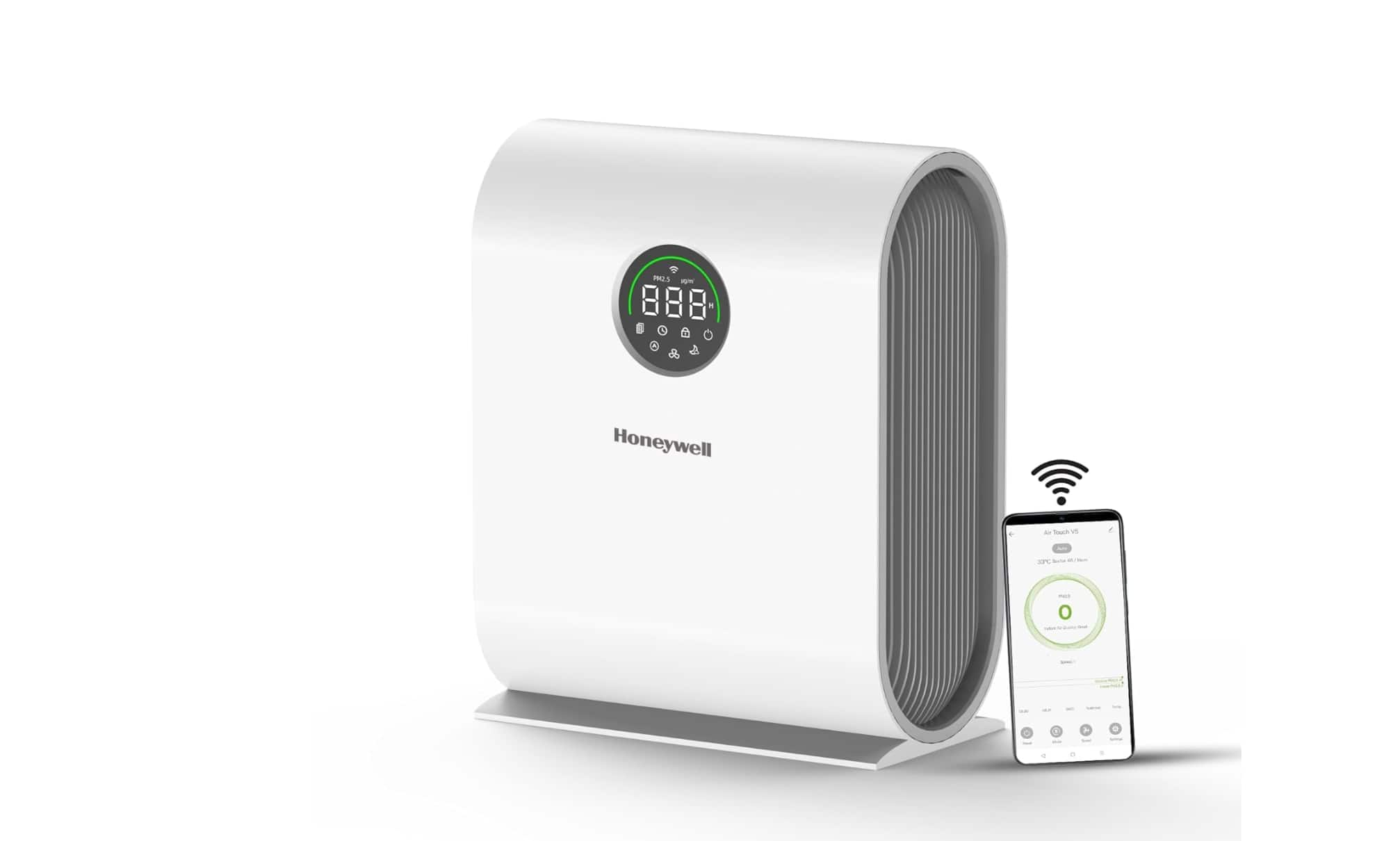
Myth 2: Air purifiers are only for people with asthma
They help asthma patients, but they also reduce dust, pollen, smoke, and PM2.5 for everyone, improving overall indoor air quality.
They help asthma patients, but they also reduce dust, pollen, smoke, and PM2.5 for everyone, improving overall indoor air quality.
3/10

Myth 3: You don’t need an air purifier if your home looks clean
Dust and pollutants are microscopic. Even spotless-looking spaces can have high particulate levels.
Dust and pollutants are microscopic. Even spotless-looking spaces can have high particulate levels.
4/10

Myth 4: Opening windows defeats the purpose
Fresh air helps ventilation, but outdoor pollution can raise indoor PM2.5. Many people use purifiers alongside controlled ventilation.
Fresh air helps ventilation, but outdoor pollution can raise indoor PM2.5. Many people use purifiers alongside controlled ventilation.
5/10
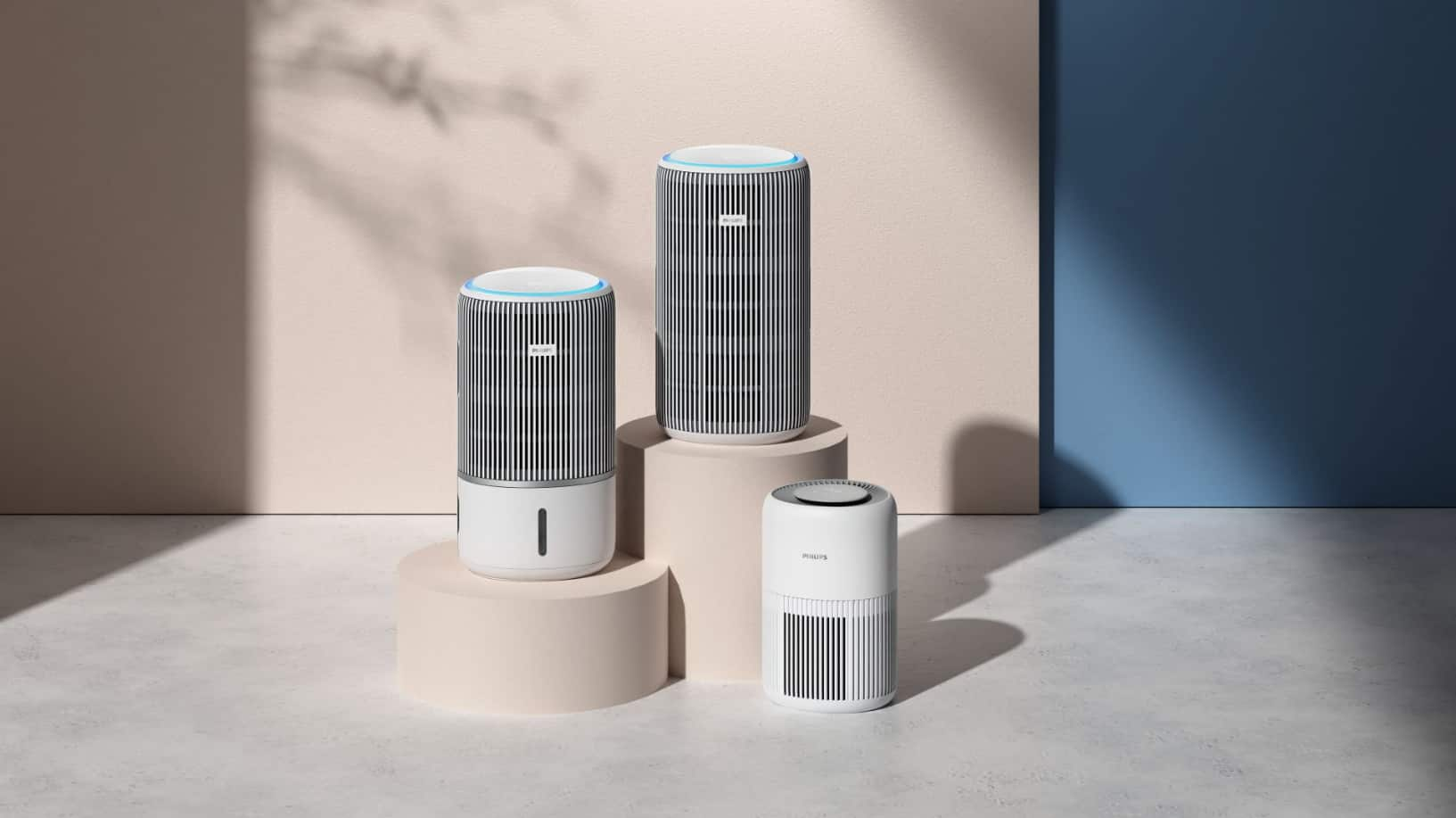
Myth 5: Higher fan speed means better purification
Fan speed affects circulation, not filtration quality. The filter — especially HEPA — does the actual cleaning.
Fan speed affects circulation, not filtration quality. The filter — especially HEPA — does the actual cleaning.
6/10

Myth 6: Air purifiers remove odours completely
Some models reduce odours with activated carbon, but they don’t eliminate every smell, especially if the source remains.
Some models reduce odours with activated carbon, but they don’t eliminate every smell, especially if the source remains.
7/10
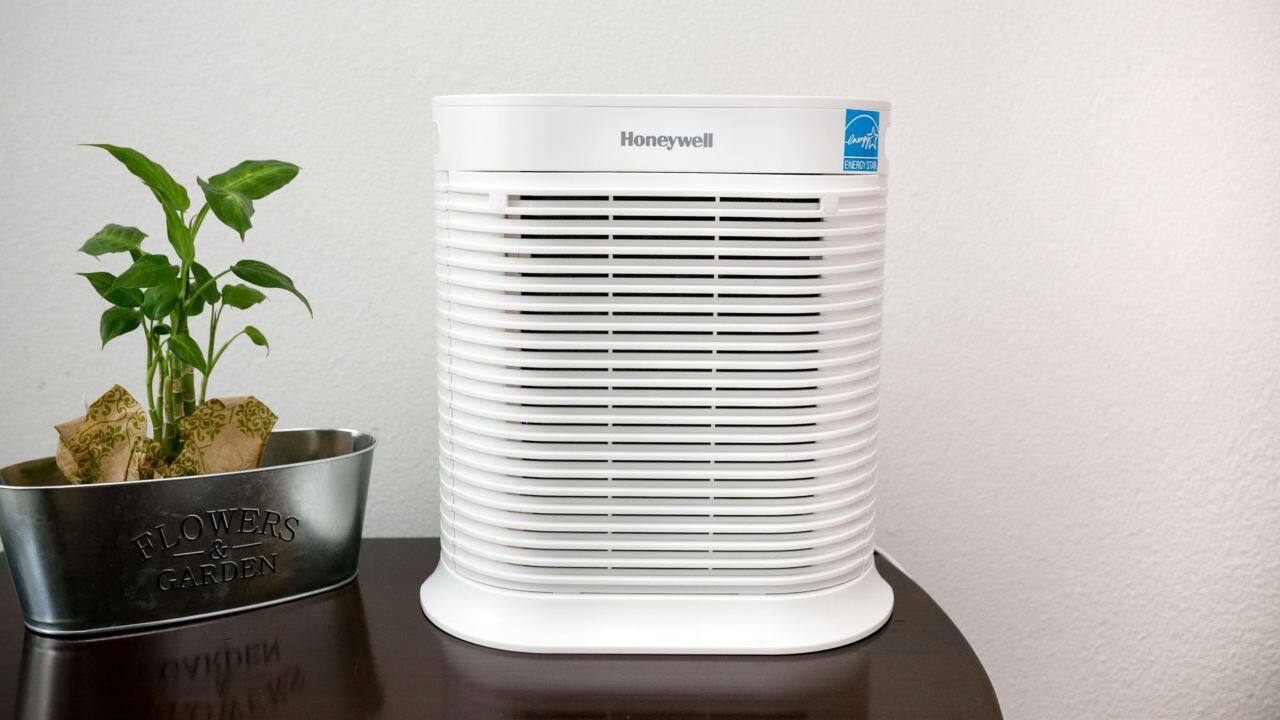
Myth 7: HEPA filters last forever
They clog over time and need replacement as per usage and environment. Running old filters reduces efficiency.
They clog over time and need replacement as per usage and environment. Running old filters reduces efficiency.
8/10

Myth 8: Air purifiers protect you from viruses entirely
They can reduce airborne particles, but they are not a standalone solution for infection control.
They can reduce airborne particles, but they are not a standalone solution for infection control.
9/10

Myth 9: Bigger machines are always better
A purifier should match the room size. Oversized machines waste energy, and undersized ones clean poorly.
A purifier should match the room size. Oversized machines waste energy, and undersized ones clean poorly.
10/10
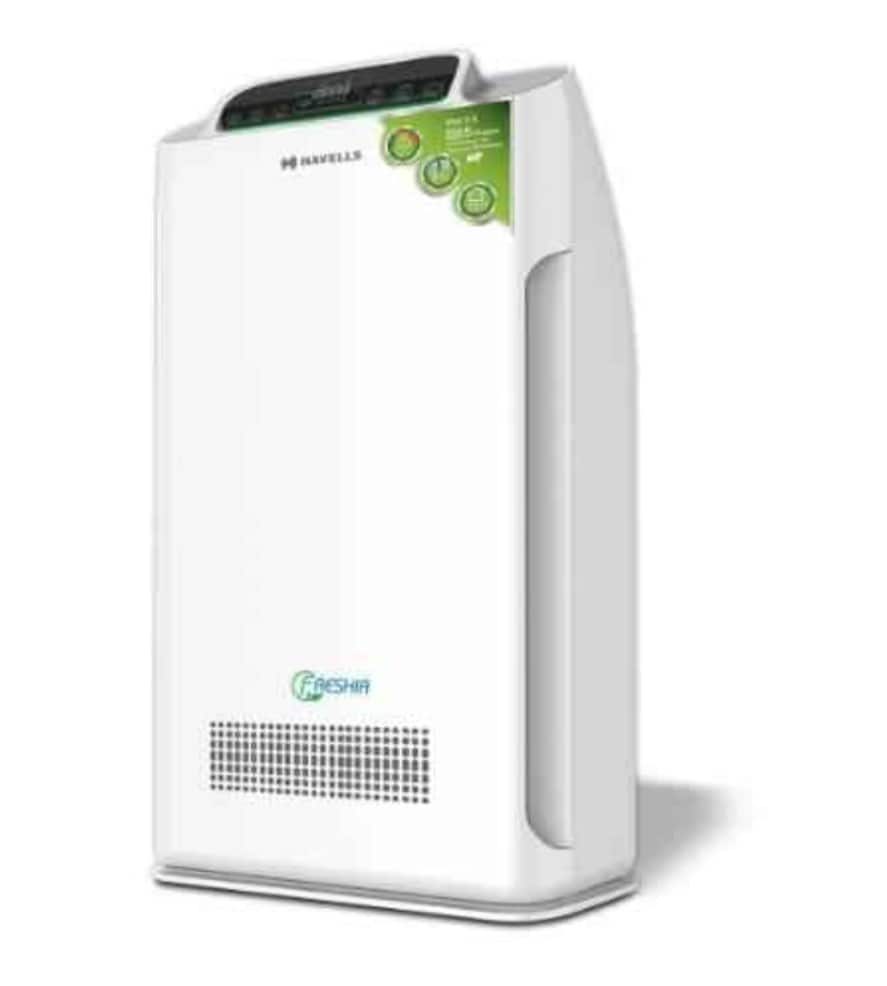
Myth 10: Air purifiers are expensive to run
Most modern purifiers consume power similar to a ceiling fan. Filters are the main recurring cost, not electricity.
Most modern purifiers consume power similar to a ceiling fan. Filters are the main recurring cost, not electricity.
Discover the latest Business News, Budget 2025 News, Sensex, and Nifty updates. Obtain Personal Finance insights, tax queries, and expert opinions on Moneycontrol or download the Moneycontrol App to stay updated!





